Youngkin should end reduction fishing for menhaden in the Chesapeake Bay to support coastal communities, enhance recreational fishing, and create jobs
[This opinion piece was originally published in the The Virginian-Pilot and Daily Press.]
Virginia Gov. Glenn Youngkin is working hard to improve Virginia’s economy. By establishing an Amazon fulfillment center in Augusta County, which will create 500 new jobs, and a Walgreens micro-fulfillment center in Hanover County, which will create 249 new jobs, it’s clear that Youngkin is pro-business.
As a Republican governor focused on building up the commonwealth, the Chesapeake Bay is most likely high on Youngkin’s list of priorities.
The bay has been a breadbasket in our region for hundreds of years, producing vital food and resources, as well as supporting thriving coastal ecosystems. Now it’s time to focus economic growth on the Northern Neck, by revitalizing industries that have fallen to the wayside in favor of industrialized fishing, which has been pillaging our bay for decades.
In Reedville, within Northumberland County, internationally owned Omega Protein operates a largescale “reduction” fishing operation for Atlantic menhaden. Each year, more than 100 million pounds of Atlantic menhaden are being removed from bay waters and “reduced” to fish meal and oil for pet food and salmon feed. However, Atlantic menhaden play a vital role in coastal ecosystems by serving as the base of the food chain, supporting the diets of striped bass, bluefish, humpback whales, and osprey, to name a few.
Between 2009 and 2016, the value of the striped bass fishery, once the most economically valuable recreational fishery in Virginia, dropped by more than 50 percent from $382 million to $166 million. The decline in the striped bass population, which uses the Chesapeake Bay as its primary nursery grounds, can be traced back to the menhaden reduction fishery.
According to the latest ecosystem modeling, the health of the striped bass population is directly tied to menhaden fishing in the Atlantic. As menhaden reduction fishing increases, relative striped bass biomass decreases. In other words, because striped bass are so dependent on Atlantic menhaden, reduction fishing is estimated to contribute to about a 30-percent decline in the striped bass population coastwide.
Saltwater recreational fishing in Virginia is enjoyed by 600,000 anglers annually, contributing $465 million to the commonwealth’s economy and supporting more than 6,500 jobs. The opportunities created by these fisheries are the lifeblood of our coastal communities, as more than 90 percent of the sportfishing and boating industry is made up of small businesses.
Virginia’s menhaden resources belong to all citizens of the commonwealth and not to one company whose profits are funneled back to an international corporation and its other international subsidiaries. By allowing this company to take the resource from our bay at a lower cost, Virginia in effect is subsidizing this operation. And since the menhaden fishing season only runs eight months out of the year, it’s up to Omega’s employees to find a new job to cover that gap or apply for unemployment during the off-season.
It’s time that Youngkin becomes the first Virginia governor to boost our Northern Neck economy, just as he did in Augusta and Hanover counties, by ending menhaden reduction fishing in the Chesapeake Bay, and by establishing good-paying jobs for Virginia citizens.
The detrimental impact of menhaden reduction fishing on the marine environment is so pronounced that it is outlawed in every state along the East Coast except Virginia. Let’s get with the times and produce some real economic change in the commonwealth by prioritizing the livelihoods of our hardworking citizens rather than prioritizing the bank accounts of foreign companies.
Please join the Virginia Saltwater Sportfishing Association and other organizations by signing our petition to Gov. Youngkin to move the industrial harvest of menhaden out of the Chesapeake Bay by taking action right here.
Mike Avery, of Hampton, is the chairman of the Virginia Saltwater Sportfishing Association. Top photo by Steve Droter/Chesapeake Bay Program.


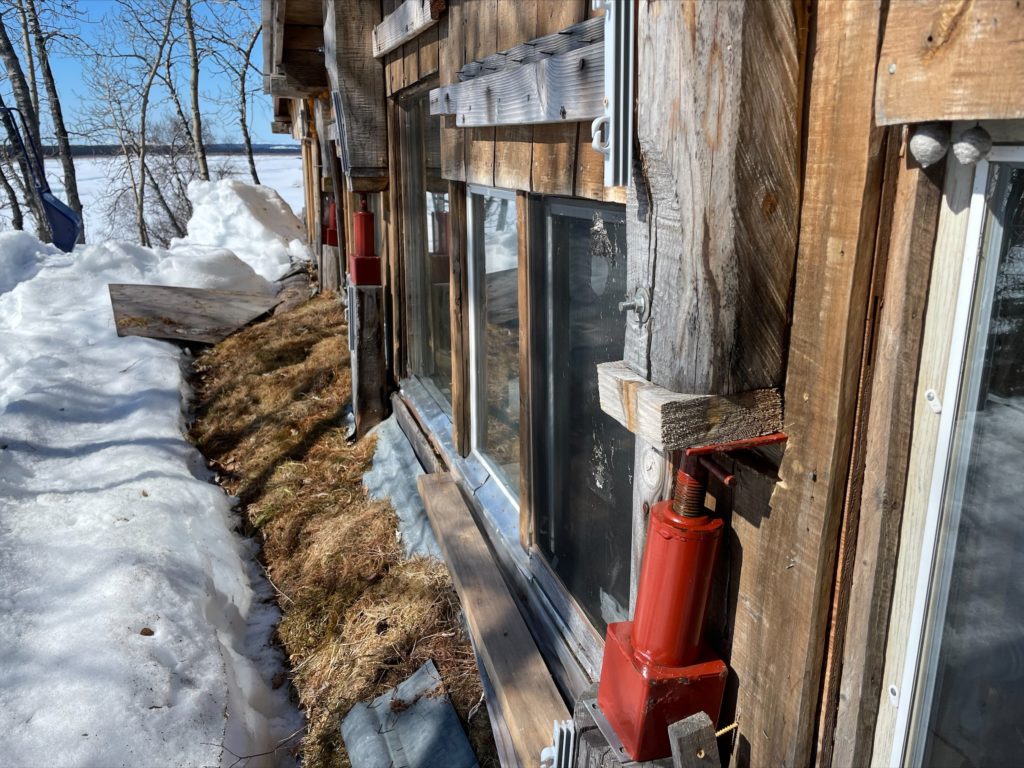
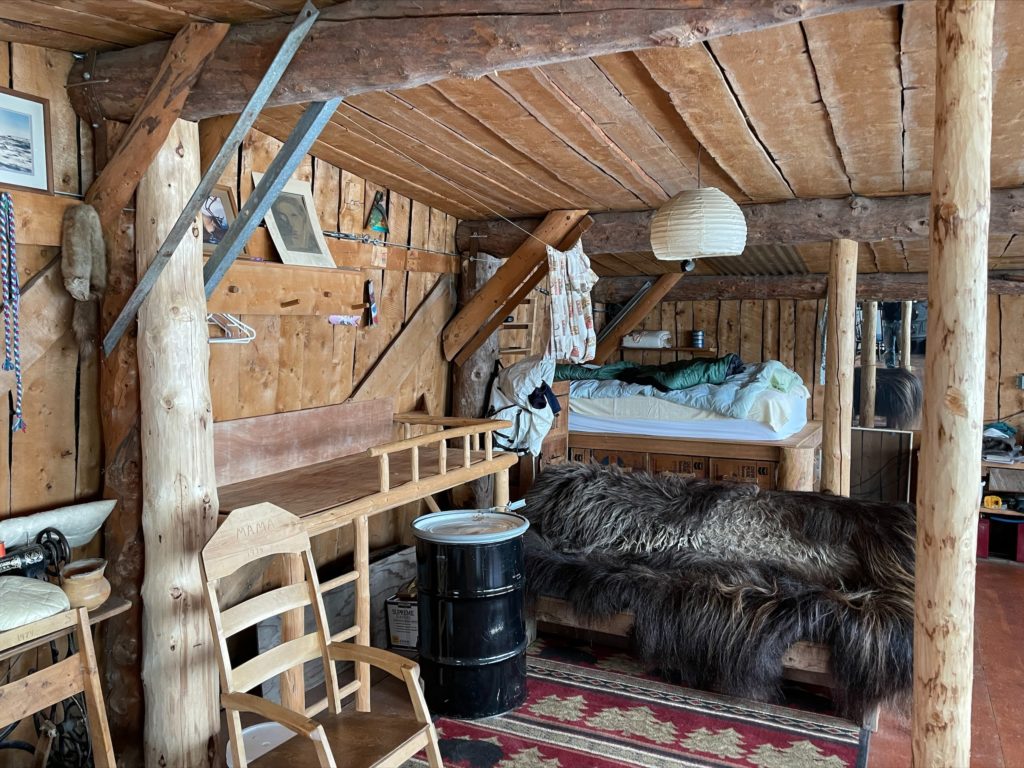
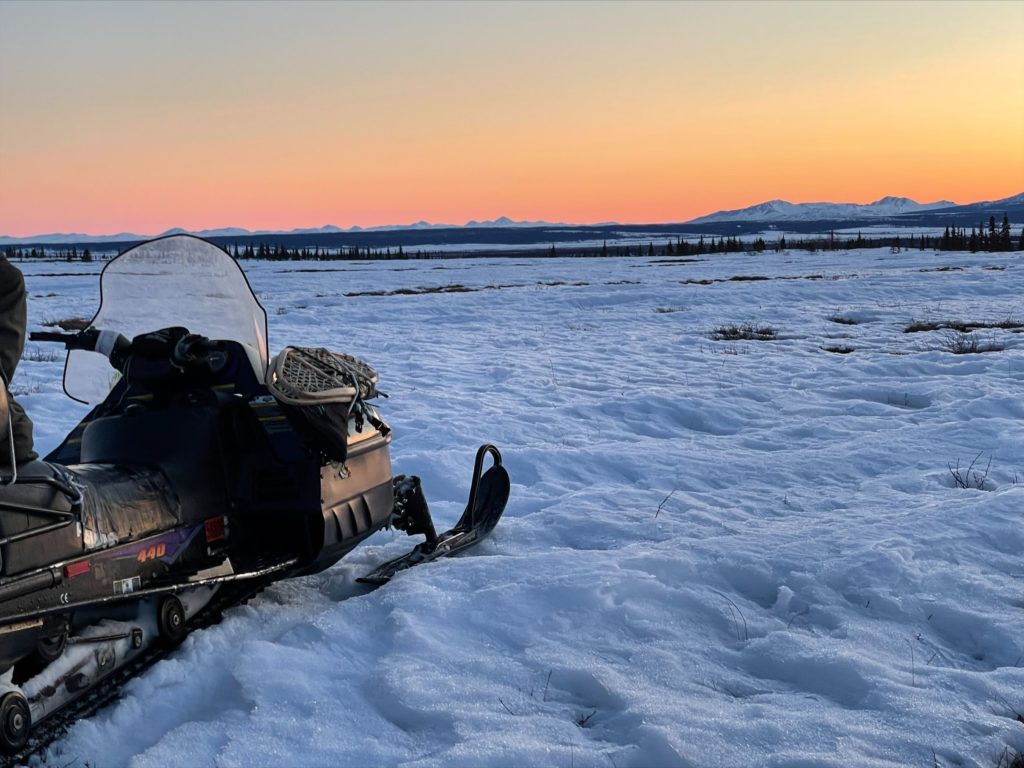
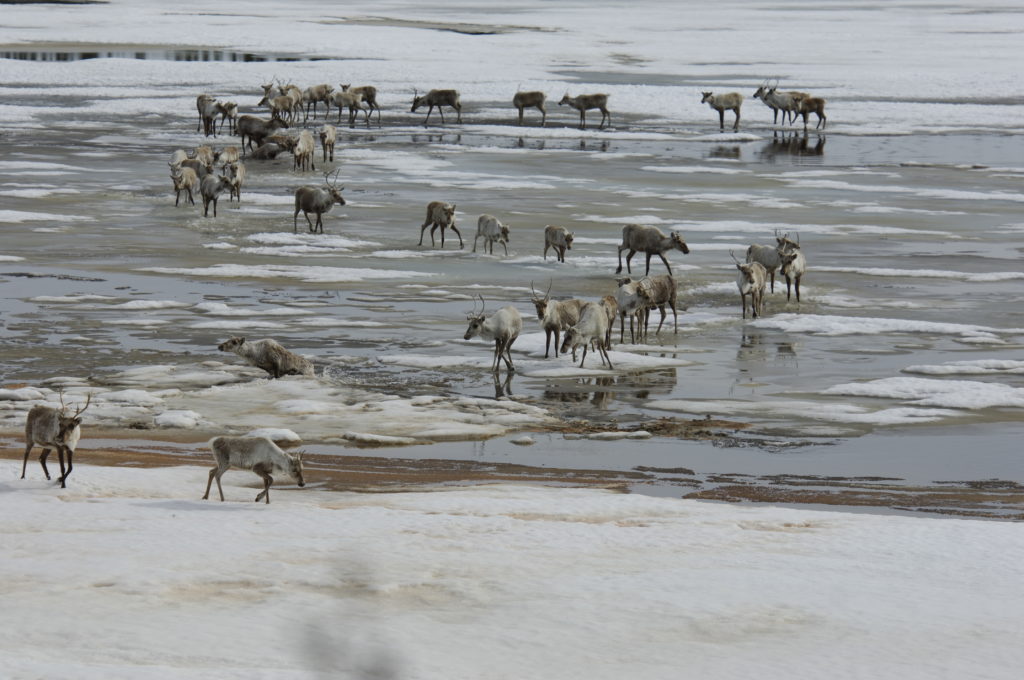
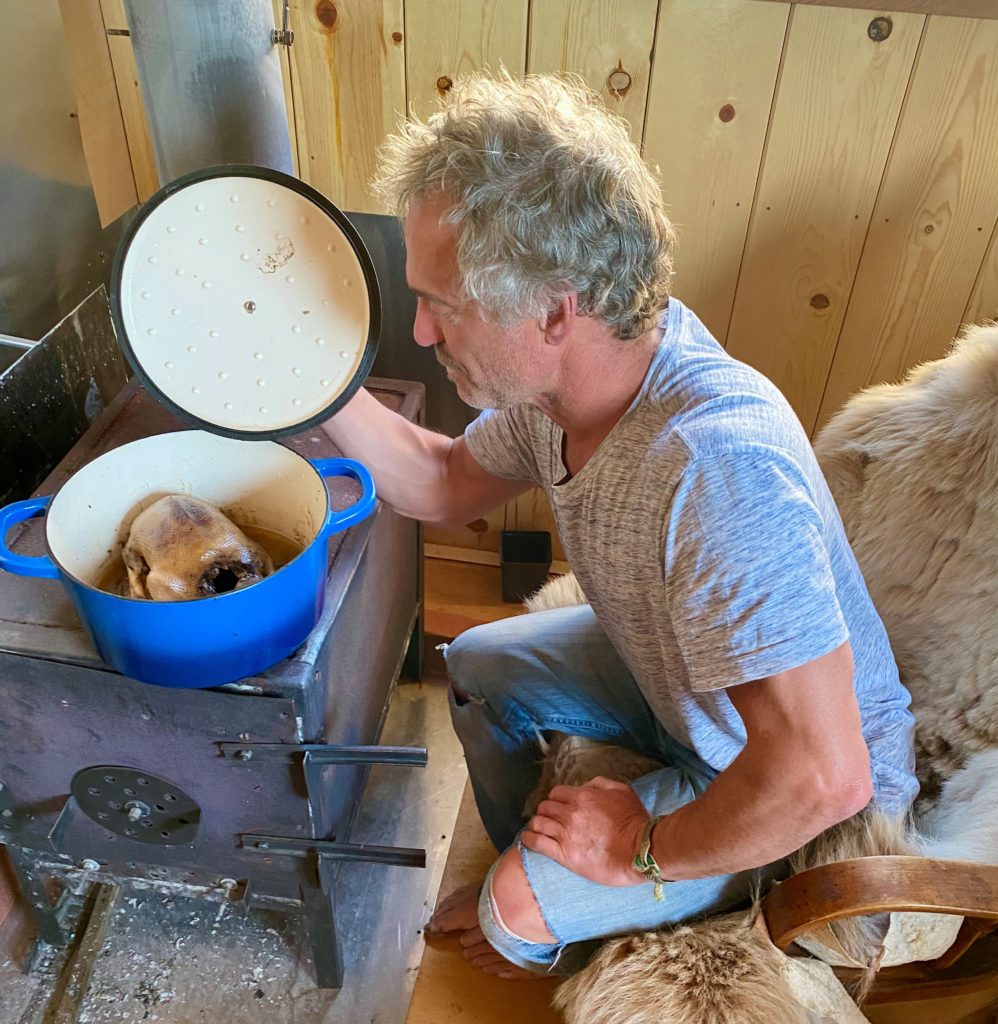




Not ok, many different species depend on the menhaden to thrive!
Menhaden are filter feeders and they are a primary forage fish for predators like striped bass, bluefish, tuna, and many others.
They currently catch 2/3 of the total in ocean waters. Catching the other third in the ocean only makes sense. The bay needs all the help it can get!
I have fished in the Chesapeake bay since the mid 80’s and have seed a lot of changes in the fisheries. In the 70’s/80’s there was an abundance of chopper blues in the bay and many tournaments were focused around this, these are all gone, fish and tournaments due to the lack of food in the bay, big blues are still out there but you have to go offshore to find them. In around 1998, in the fall some large blues came in the bay, but was the last time from my knowledge. In the mid 90’s the rockfish were abundant and plenty of large fish were being caught until somewhere around 2005-2010. Some large stripers are still being caught but mostly from eeling. When the moratorium was lifted in early 90’s we were using 9 to 12″ baits and then in the early 2000’s to get the fish to bite we had to reduce our tackle size to 4,5,6″ baits because this is what is the natural food size in the bay. there was no more 12′ menhaden left in the bay. I have a lot to comment on but I’m limited for comment.
I’ve been fishing for 56 yes in bay and Rappahannock, I wish back then we had access to camera phones like we do now, people would freak out over the abundance of menhaden and other fish that was around.